Mining Memorabilia: This page contains images of some of the items I have collected over the years. Not necessarily of Cornish Origin, but all are Mining related.
I have purchased these from various shops and ebay, apart from the South Crofty Mine samples.
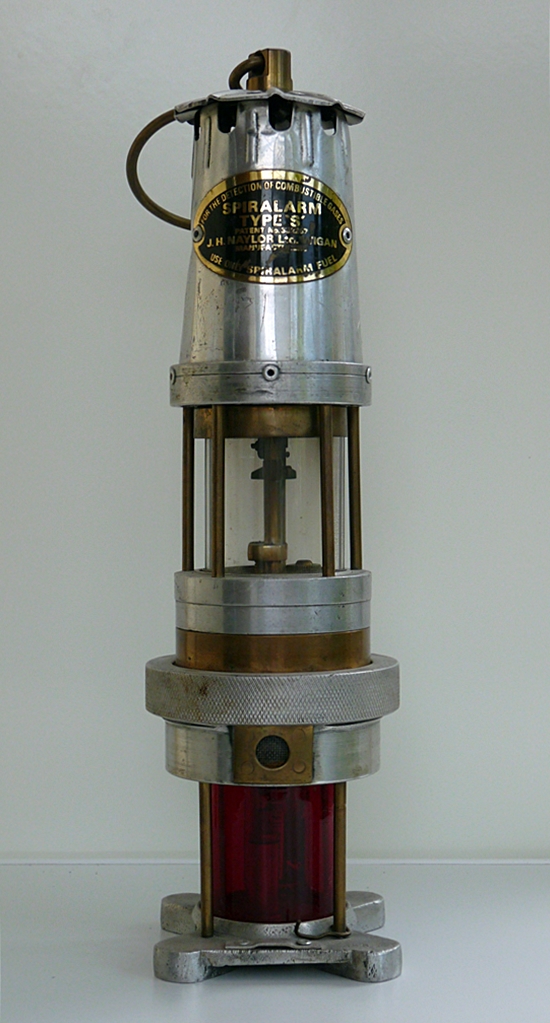
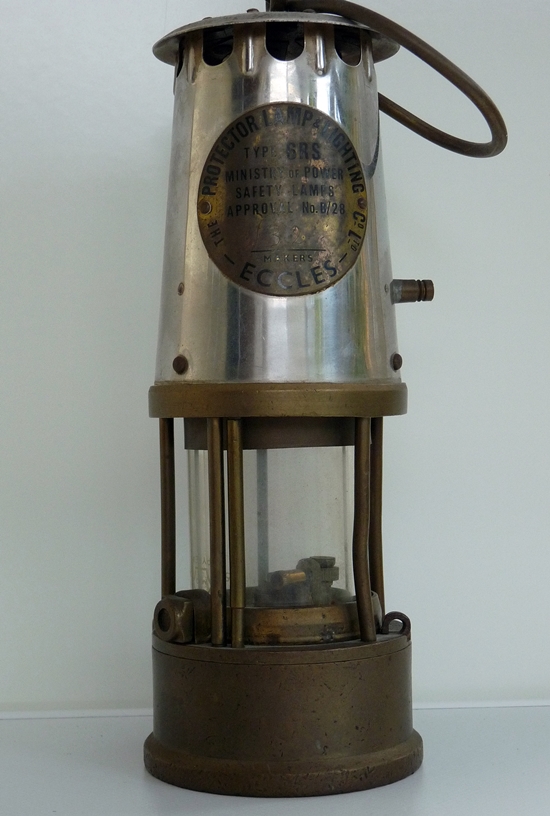
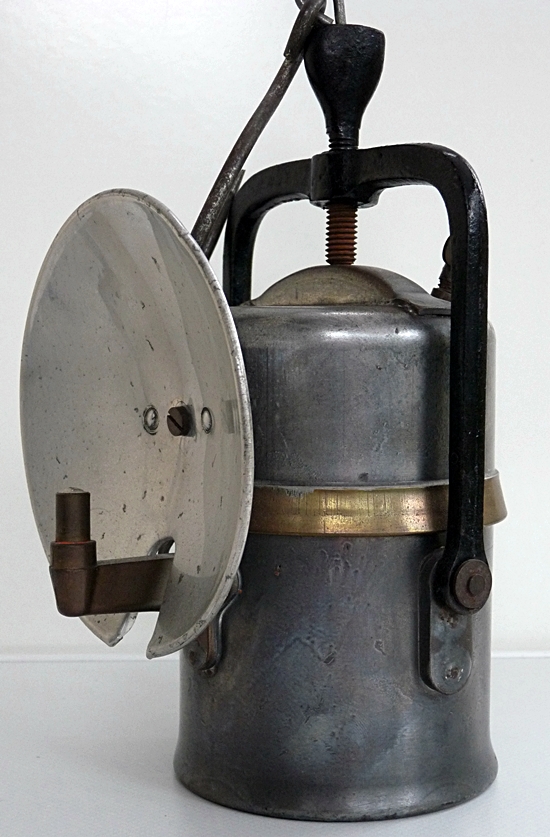
Water stored in the upper reservoir would drip on calcium carbide held in the bottom chamber. The reaction produced acetylene gas which was lit by igniting the small burner on the front of the lamp. These were very popular in Cornish Mines I believe they remained in use until the 1970’s.
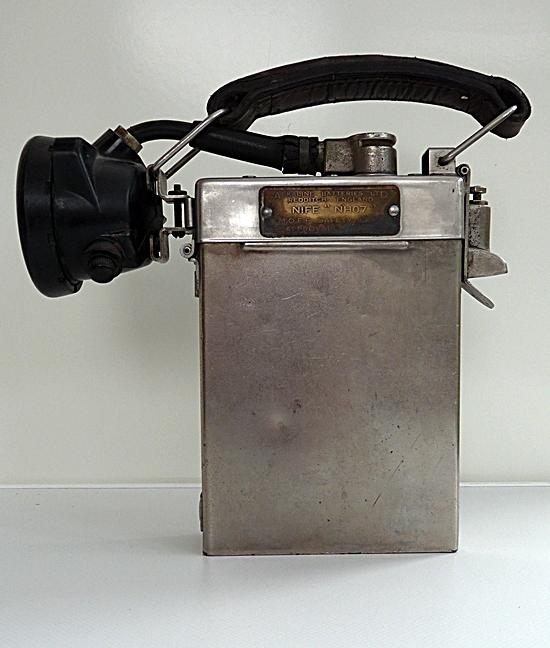
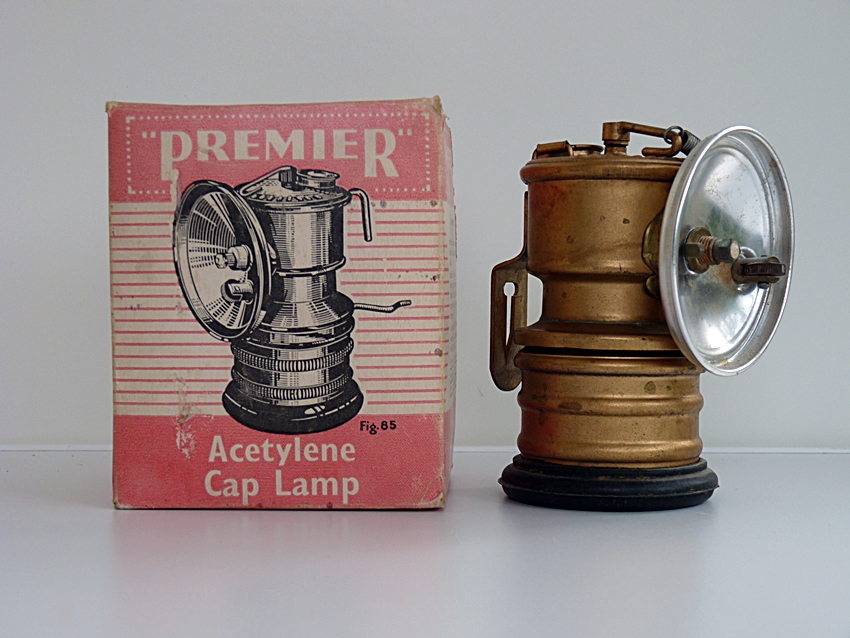
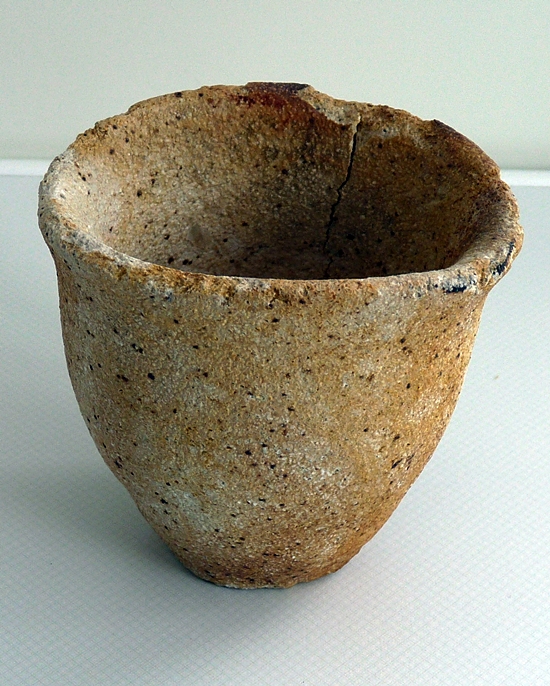


A sample of tin-bearing lode material from South Crofty, Roskear No:1 North Lode, 360fm. The sample shows a typical composite vein structure and is composed of three easily identifiable segments. At the base is a segment of prussian blue tourmaline breccia.
A breccia, in this case a hydrothermal breccia, is composed of fragments. These are blasted apart under very high pressure and resealed by fresh tourmaline coming out of solution. Also present are minor amounts of quartz and cassiterite.
Cassiterite, which is pale brown, tin dioxide, the main ore of tin. This forms the segment above, which is also brecciated. Quartz forms the bulk of the sample, but also shows a number of partings infilled with both tourmaline and cassiterite. This indicates the lode was reactivated a number of times after the main tin-bearing segment was deposited. Occuring before cooling temperatures and loss of pressure stopped further pulses of mineralisation.

Green fluorite (Calcium Fluoride) from Reeve’s Lode, 400fm level, NPZ, South Crofty Mine. Reeve’s Lode is a major caunter lode. Trending roughly E-W in the Camborne-Redruth District. It is known from a number of mines, sometimes under different names.
It cuts the earlier ‘right running’ lodes, also tending to have a lower temperature assemblage of minerals. In its upper levels, close to surface, it was incredibly rich in secondary copper ores. It was worked from the early 18th Century in the Pool Adit.
In North Roskear Mine it was very rich in copper and zinc down to around the 200fm level where it became sub-economic. In South Crofty it was seen in the east (below East Pool & Agar) and was composed predominantly of fluorite of a variety of colours. The 400fm exposure was the lowest seen, composed of brilliant deep green and white fluorite.
A large slab, originally collected by Nick LeBoutillier and christened ‘Eric’ (and why not?). Formed part of the geology department collection until the mine closed. After closure it was donated to the East Pool Taylor’s Shaft museum where it can still be seen today.

Also, more details on the wreck can be found here: www.welshmines.org.
